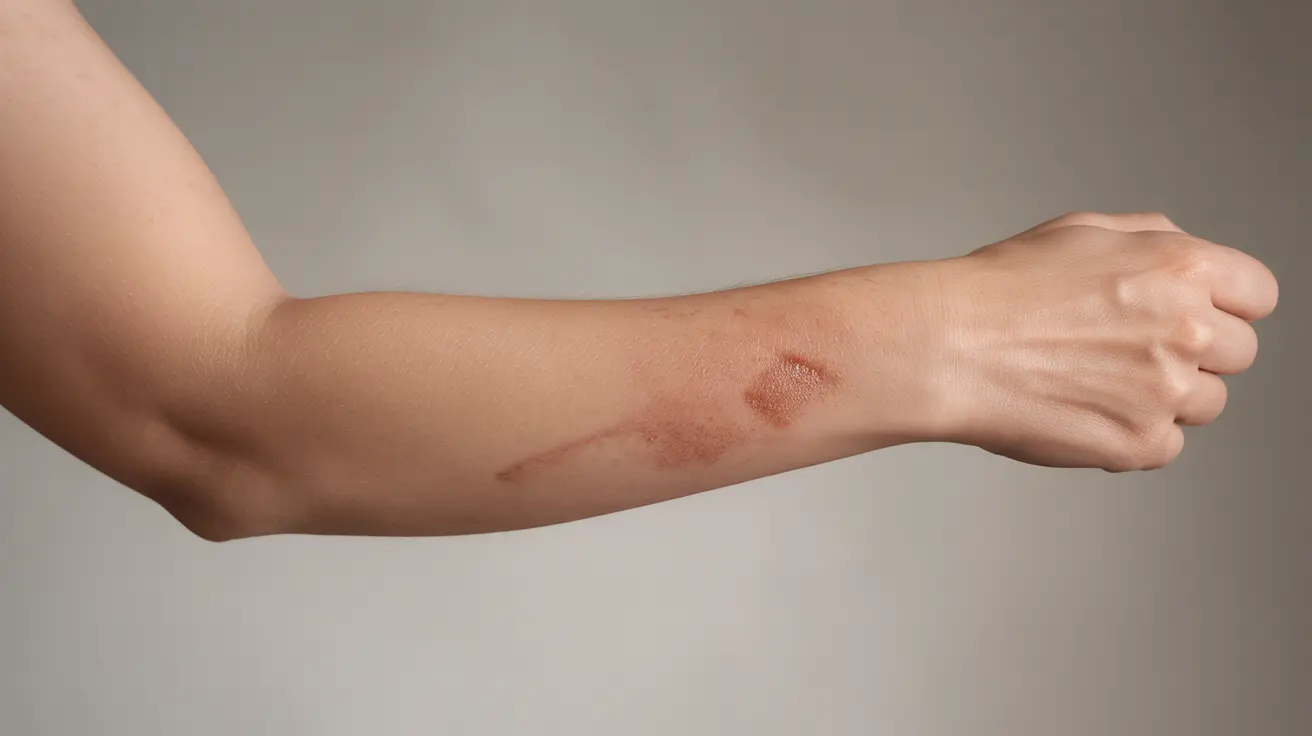Birthmarks are distinctive skin markings that can appear at birth or develop shortly afterward. These unique features have intrigued both medical professionals and the general public, leading many to wonder whether they are a universal human trait. Understanding the nature, prevalence, and various types of birthmarks can help demystify these common skin characteristics.
While birthmarks are incredibly common, their occurrence, appearance, and significance vary widely among individuals. Let's explore the fascinating world of birthmarks, including their types, causes, and when they might require medical attention.
Types of Birthmarks and Their Prevalence
Birthmarks generally fall into two main categories: vascular birthmarks and pigmented birthmarks. Each type has distinct characteristics and varying frequencies in the population.
Vascular Birthmarks
Vascular birthmarks occur due to abnormal blood vessel development and include:
- Salmon patches (stork bites or angel kisses)
- Port-wine stains
- Hemangiomas
- Macular stains
Pigmented Birthmarks
Pigmented birthmarks result from clusters of pigment cells and include:
- Café-au-lait spots
- Mongolian spots
- Congenital moles (nevi)
- Dermal melanocytosis
The Science Behind Birthmark Formation
Birthmarks develop during fetal development or shortly after birth. Their formation involves complex biological processes affecting either blood vessels or melanin-producing cells. While some birthmarks have genetic components, others occur randomly during development, making them unique to each individual.
Changes in Birthmarks Over Time
Many birthmarks undergo natural changes throughout a person's life. Some may fade or disappear completely, while others might become more prominent. Understanding these patterns can help individuals better monitor their birthmarks and know when to seek medical attention.
When to Consult a Healthcare Provider
While most birthmarks are harmless, certain characteristics warrant medical evaluation:
- Rapid growth or change in appearance
- Bleeding or ulceration
- Interference with normal body functions
- Large size or unusual location
- Associated pain or tenderness
Frequently Asked Questions
Does everyone have a birthmark, or is it possible to be born without one?
No, not everyone has a birthmark. While birthmarks are extremely common, it's entirely possible and normal to be born without any visible birthmarks. Some studies suggest that up to 80% of people have at least one birthmark, but this means that approximately 20% of people may not have any.
What are the different types of birthmarks, and how common is each type?
The most common types include salmon patches (affecting up to 70% of newborns), Mongolian spots (common in people with darker skin tones), and congenital moles (occurring in about 1% of newborns). Port-wine stains are less common, affecting approximately 3 in 1,000 people.
Can birthmarks fade or disappear over time, and which ones usually do?
Yes, some birthmarks can fade or disappear over time. Salmon patches often fade within the first year of life, particularly those on the face. Mongolian spots typically fade by school age, and some hemangiomas naturally involute during childhood. However, other types like port-wine stains and congenital moles usually persist throughout life.
Are birthmarks linked to genetics or ethnicity, and why do some appear more often in certain populations?
Some birthmarks do have genetic and ethnic associations. For example, Mongolian spots are more common in individuals of Asian, African, and Hispanic descent. While the exact genetic mechanisms aren't fully understood, certain types of birthmarks can run in families, suggesting a hereditary component.
When should a birthmark be evaluated by a doctor for potential health concerns?
A birthmark should be evaluated if it shows rapid growth, changes in color or texture, bleeds easily, causes pain, or interferes with normal bodily functions. Large congenital moles or those in sensitive areas should be monitored regularly, as should any birthmark that raises concern. It's always better to have a healthcare provider evaluate any concerning changes.




